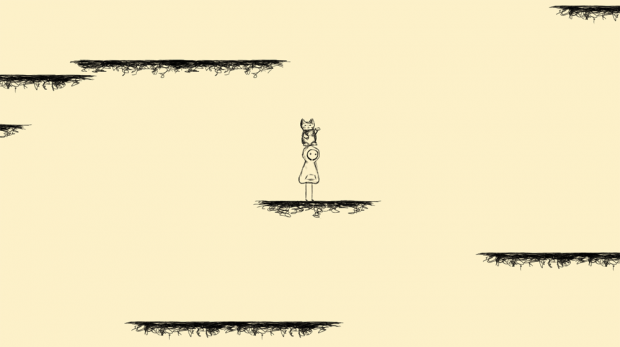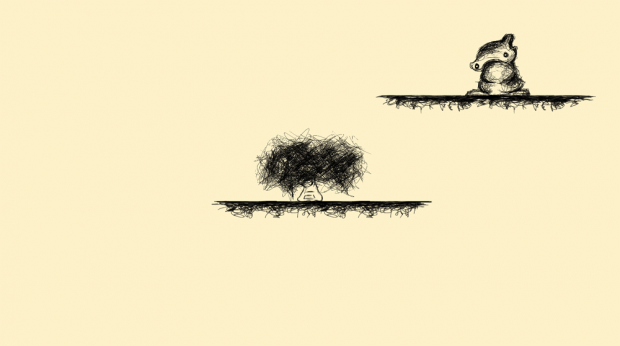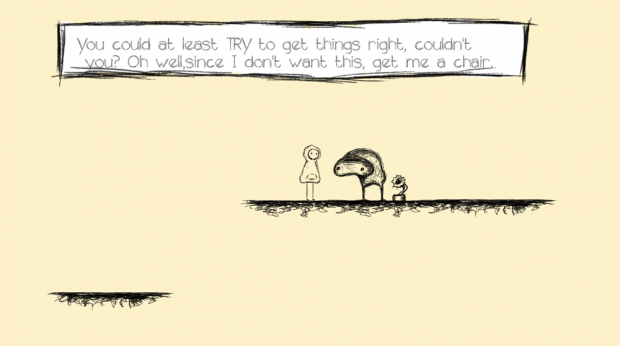Hi everyone!
I’m a junior in the BCSA (Computer Science and Art) program at Carnegie Mellon. The areas of study I’m interested in include video games, computer graphics, animation, illustration, graphic novels, and storytelling. This semester in IACD, I hope to learn a lot about the many different tools available for programmer-artists and build the interactive side of my portfolio. I’m particularly interested in exploring interactive narratives in my future work.
Twitter account: https://twitter.com/sylviakosowski (Warning, I haven’t been using Twitter a lot recently (I’m more of a Tumblr person), so on my Twitter there are mostly just a ton of tweets that look kind of nonsensical. They were for a project I did while I interned at Autodesk last summer, pay them no mind.)
Github account: https://github.com/sylviakosowski
Website: http://www.sylviakosowski.com/ (Warning, currently under construction!)
Lost (Fall 2014)
Lost is a procedurally generated endless 2D platformer programmed in Unity/C#, and animated with Photoshop. It is a solo project created for Experimental Game Design. The player can explore a randomly generated world in all four directions, occasionally encountering non-player characters (NPCs) who will provide quests which the player can attempt to complete. However, there is a catch: platforms, NPCs, and items are deleted once they leave the main camera view. The game is meant to challenge the “quest” system common in many games by providing the player with quests that cannot be completed. It is very hard to give an NPC the particular item they are asking for. Whether they are given the item they want or an item they don’t want, the NPCs will act rude and discouraging in their conversations to the player. Yet if the player stops moving and refuses to complete any quests, a scribbly cloud of depression will form above the player’s head and cover the screen until the player moves again. These game mechanics are all meant to convey a sense of depression and a feeling of being trapped in an unsolvable situation.
I think the most successful part of the project was the art and atmosphere. I felt I did a good job designing disturbing yet somehow still cute-looking NPCs. The scribbly style of the animation and the largely empty nature of the world visually captured the sense of being emotionally lost that I was going for.
However, as far as the gameplay went, I didn’t accomplish all that I wanted to. Given more time, I wanted to make it so that the items you give the NPCs would influence how they acted toward you in nuanced ways. I didn’t have time to create such a sophisticated story generation mechanism, so right now the characters react in very straightforward cookie-cutter ways (i.e., there is a set response for a character who wants a cat but receives a windmill, etc.) Therefore, with such generic, non-evolving responses the game can get old pretty fast. If I had been able to create a more interesting and nuanced dialogue system in which all the items that the player gives or does not give to a particular NPC continued to influence that NPC’s dialogue to the player throughout the entire run of the game, I think the gameplay experience would be a lot more compelling.
Builds for the game can be found on my website: http://www.sylviakosowski.com/lost/



